If you’ve ever tried to level up your workouts—whether that means lifting heavier, running faster, or recovering quicker—chances are creatine has caught your attention. And rightly so. It's one of the most scientifically validated supplements out there when it comes to supporting strength, power, and muscle growth.
But while creatine is a staple in many gym bags, there's one aspect that doesn’t get nearly enough attention: bioavailability.
Bioavailability refers to how efficiently your body absorbs and utilizes a supplement. This can make the difference between noticeable gains and barely-there results when it comes to creatine.
Let’s unpack why creatine bioavailability matters so much—and how you can maximize it to see better performance outcomes.
What Is Creatine and Why Do We Supplement With It?
Creatine is a naturally occurring substance made in your liver, kidneys, and pancreas, and it’s also present in small amounts in animal-based foods like red meat and fish. Once in the body, creatine gets stored primarily in your muscle tissue as phosphocreatine, a compound that plays a key role in replenishing ATP (adenosine triphosphate)—the main energy source your muscles rely on during short bursts of high-intensity activity.
When you supplement with creatine, you're essentially giving your muscles more fuel to work with. This can lead to:
-
Improved strength and power output
-
Enhanced muscular endurance
-
Quicker post-workout recovery
-
Greater muscle mass gains over time
It’s a well-rounded support system for anyone engaged in resistance training, high-intensity interval workouts, or competitive sports. But here’s the twist—not all creatine is absorbed equally by the body. That’s where bioavailability becomes crucial.
Why Bioavailability Matters More Than You Think
Bioavailability affects how much creatine actually makes it into your muscles. If your body can’t absorb it well, the rest is wasted—literally flushed out.
A 2017 study published in the Journal of the International Society of Sports Nutrition found that creatine monohydrate (the most common form) has an absorption rate of about 99% when consumed with proper hydration and timing. (NIH) That’s pretty impressive—but it also means the way you take it, and the form you choose, matters a lot.
Other forms of creatine, like Creatine Hydrochloride (HCl), Buffered creatine, Creatine magnesium chelate, and Creatine blends (e.g., monohydrate + HCl), claim to offer faster absorption or fewer digestive issues. And while some users may prefer them for those reasons, current research, including findings from Kreider et al., reinforces that creatine monohydrate remains the gold standard. It consistently delivers proven results, is well tolerated by most individuals, and boasts a robust safety profile. (NIH)
Still, even the best form of creatine won’t be fully effective if you don’t optimize how and when you take it.
4 Key Factors That Affect Creatine Bioavailability
If you want to get the most out of your creatine supplement, here are four critical things to consider:
1. Timing and Nutrient Pairing
Creatine absorption is enhanced when taken post-workout, especially alongside carbohydrates or a carb-protein combo. Why? Because these nutrients trigger an insulin response, which helps drive creatine into your muscle cells more efficiently.
So that post-workout smoothie with a banana and protein powder? It’s not just good for recovery—it can actually help your creatine work harder for you.
2. Hydration Levels
Creatine works partly by drawing water into your muscle cells, which helps with cell volume and muscle function. Staying adequately hydrated not only supports this process but also helps prevent side effects like bloating, stomach cramps, or dehydration-related fatigue.
Think of hydration as creatine’s co-pilot—don’t skip it.
3. Dosing Strategy
The traditional way to supplement creatine is with a loading phase:
-
20g/day, split into 4 doses, for 5–7 days
-
Followed by a maintenance dose of 3–5g/day
This saturates your muscles quickly. However, skipping the loading phase and taking 3–5g daily from the start can also be effective—it just takes a little longer to see the same results.
Choose the strategy that best fits your lifestyle and how soon you’re hoping to see performance changes.
4. Supplement Quality
Not all creatine supplements are created equal. Some may contain fillers, artificial additives, or low-quality creatine that reduce both bioavailability and safety.
To make sure you’re getting what you pay for, look for products that are:
-
NSF Certified
-
Informed Choice certified
-
Clean Label Project Verified
These third-party certifications ensure the product has been tested for purity, potency, and the absence of banned or harmful substances.
Bioavailability = Better Performance
So, what does better creatine absorption look like in the real world?
According to research, creatine supplementation can lead to a 5–15% increase in maximal strength and power output during high-intensity training. (NIH) That’s not just a minor bump—it’s the difference between pushing out 8 reps instead of 6, or hitting a new PR after weeks of plateauing.
If you’re finding it hard to progress in your lifts or notice that muscle fatigue sets in too early, optimizing your creatine routine might be the game-changer you need.
When your muscles are fully saturated with available creatine, you’ll notice improvements in training volume, recovery time, and long-term muscle growth. It’s not just about how much you take—it’s about how much your body can actually use.
Conclusion
Creatine is one of the rare supplements that consistently delivers on its promise to enhance strength, performance, and muscle growth. But like any effective tool, its impact depends on how well you use it—and that’s where bioavailability comes into play. The form you choose, how you take it, what you pair it with, and the quality of the supplement all influence how much creatine your body can actually absorb and put to work. So if you're serious about getting results, don't just reach for any creatine off the shelf. Go for a high-quality creatine monohydrate, time it post-workout with carbs or protein, stay hydrated, and be consistent with your dosing. In a supplement market full of flashy promises, creatine remains the real deal—but only when you understand how to make it work for you.


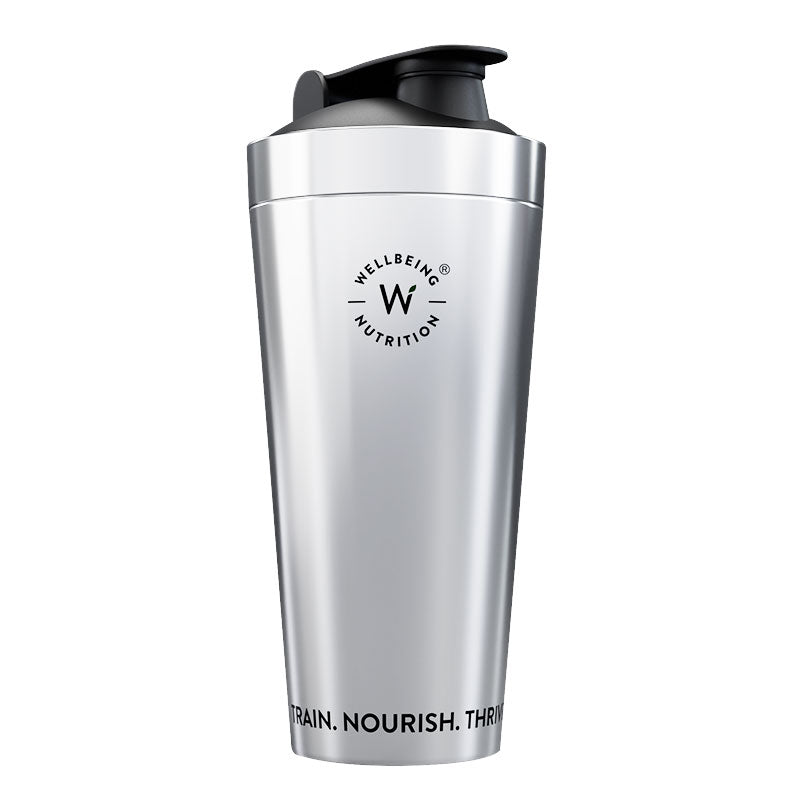




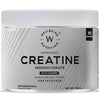
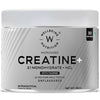






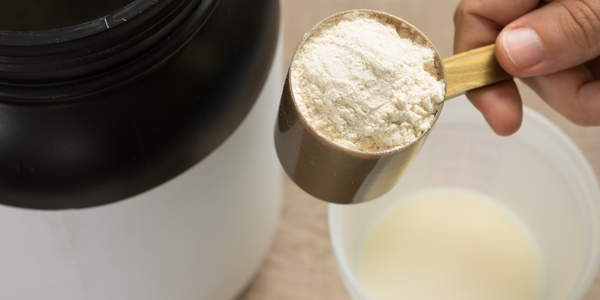


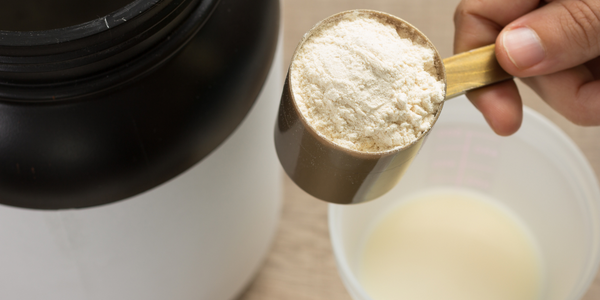

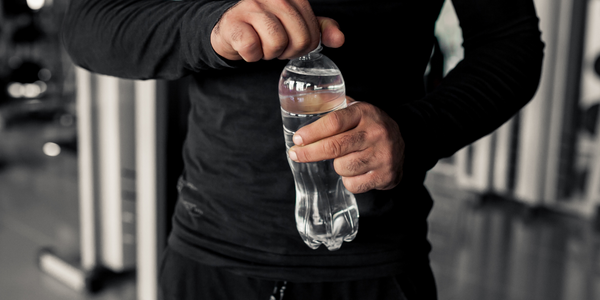








 DOWNLOAD NOW
DOWNLOAD NOW
